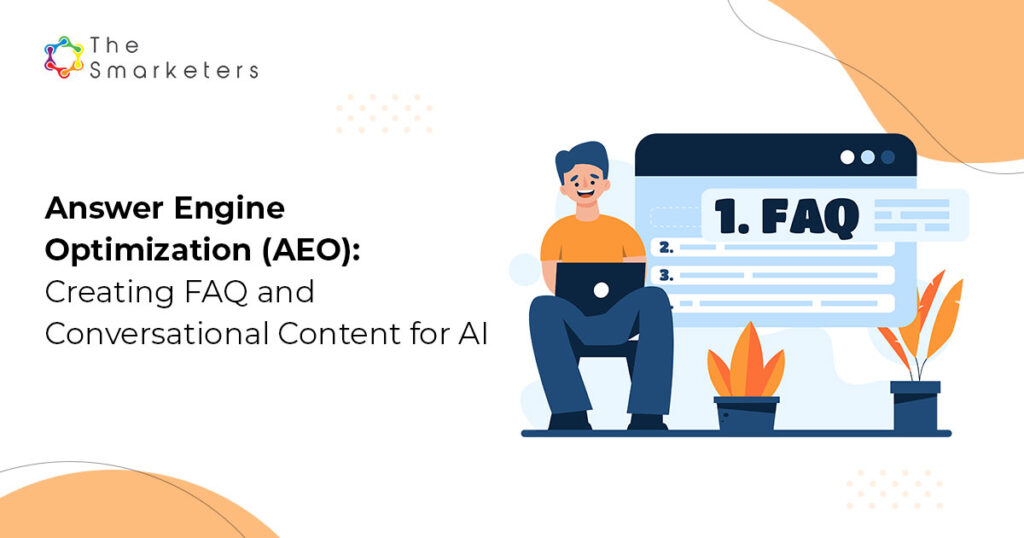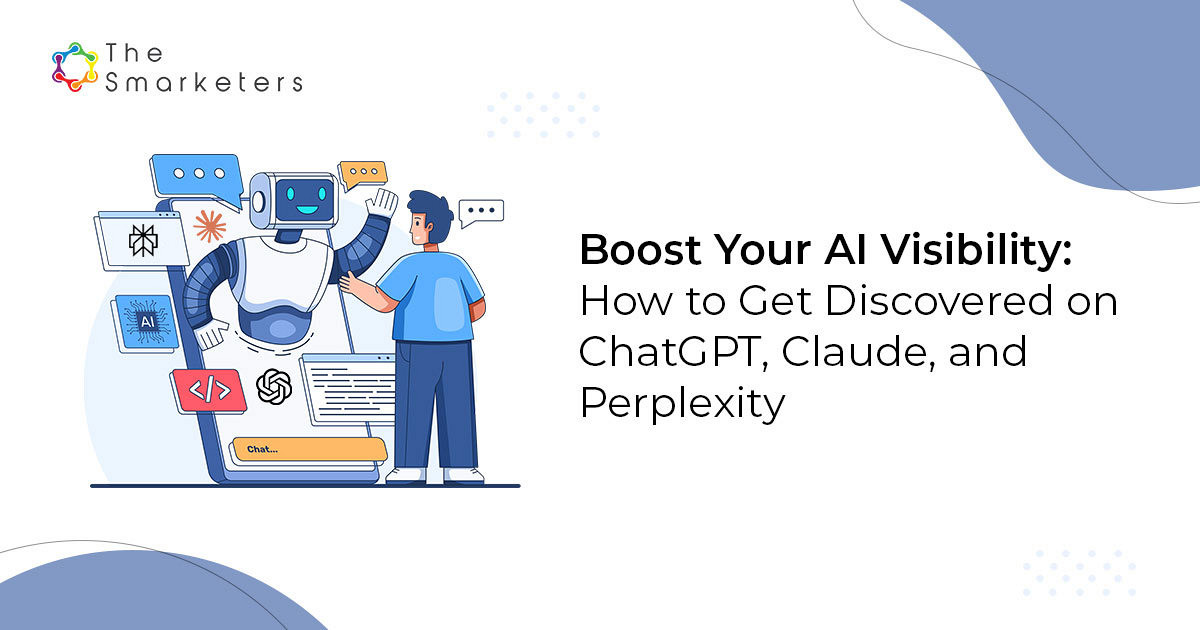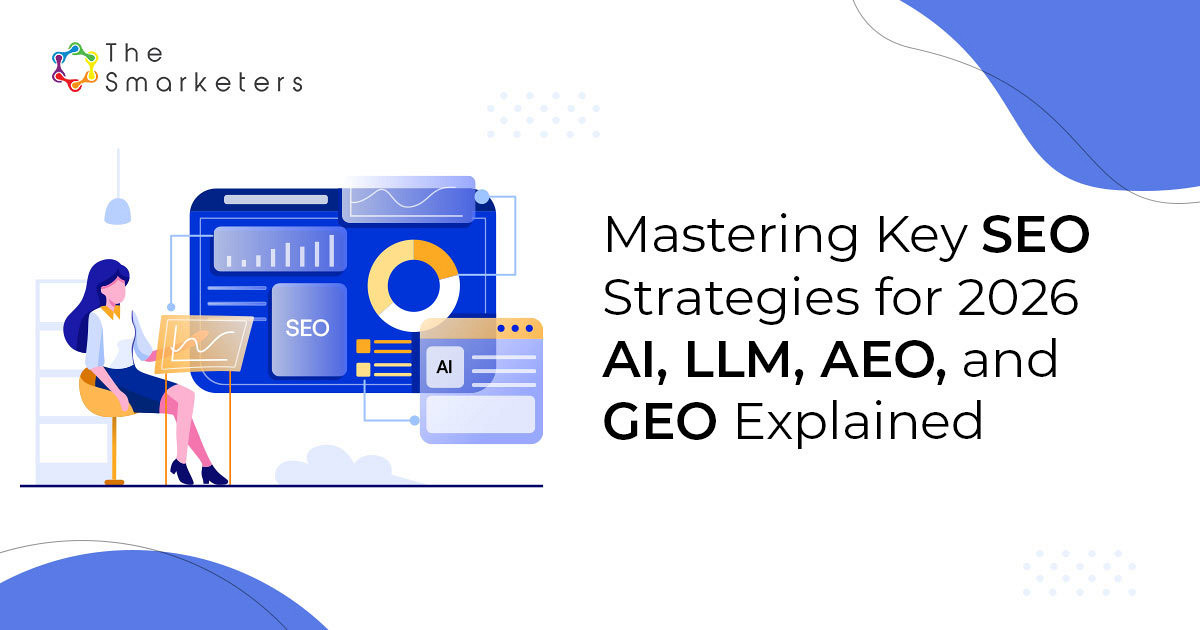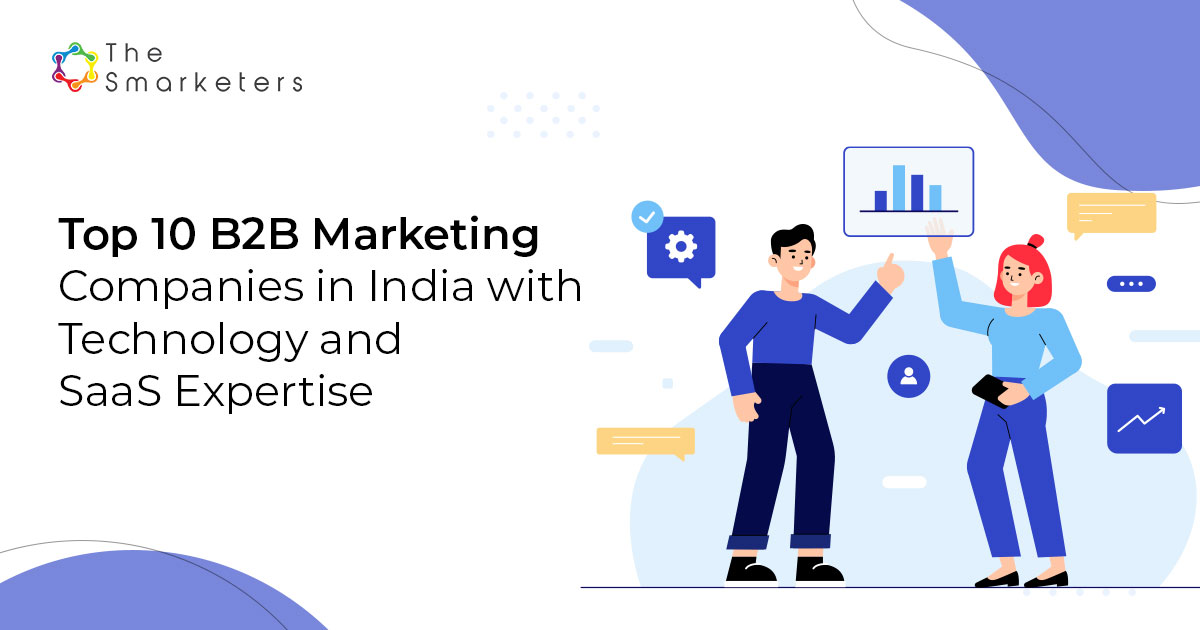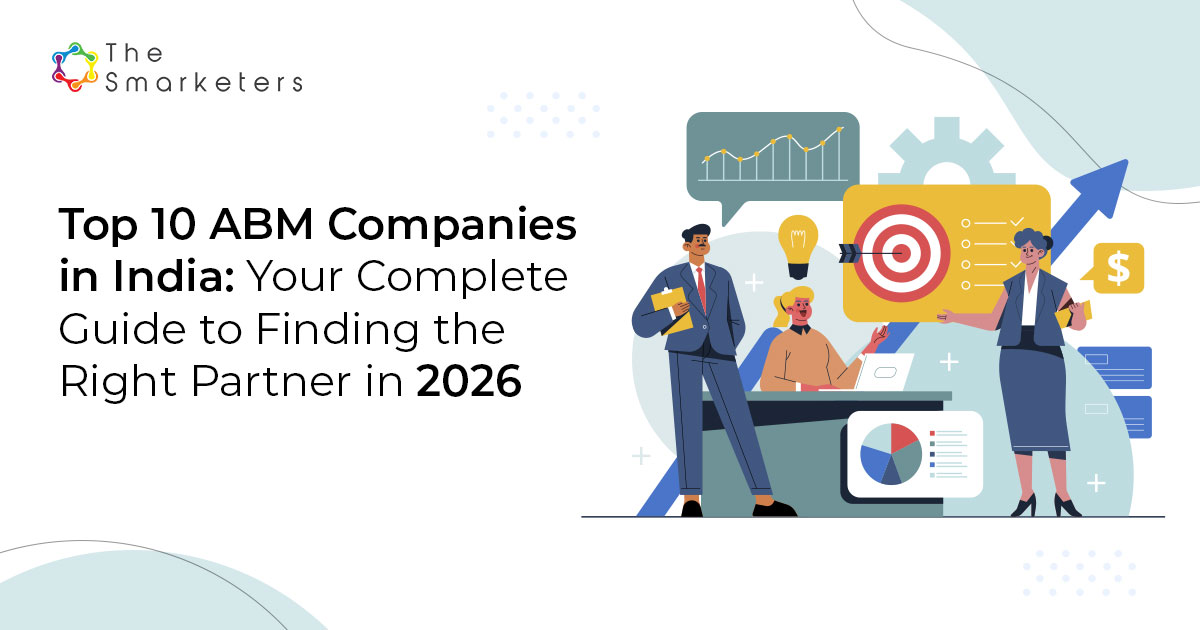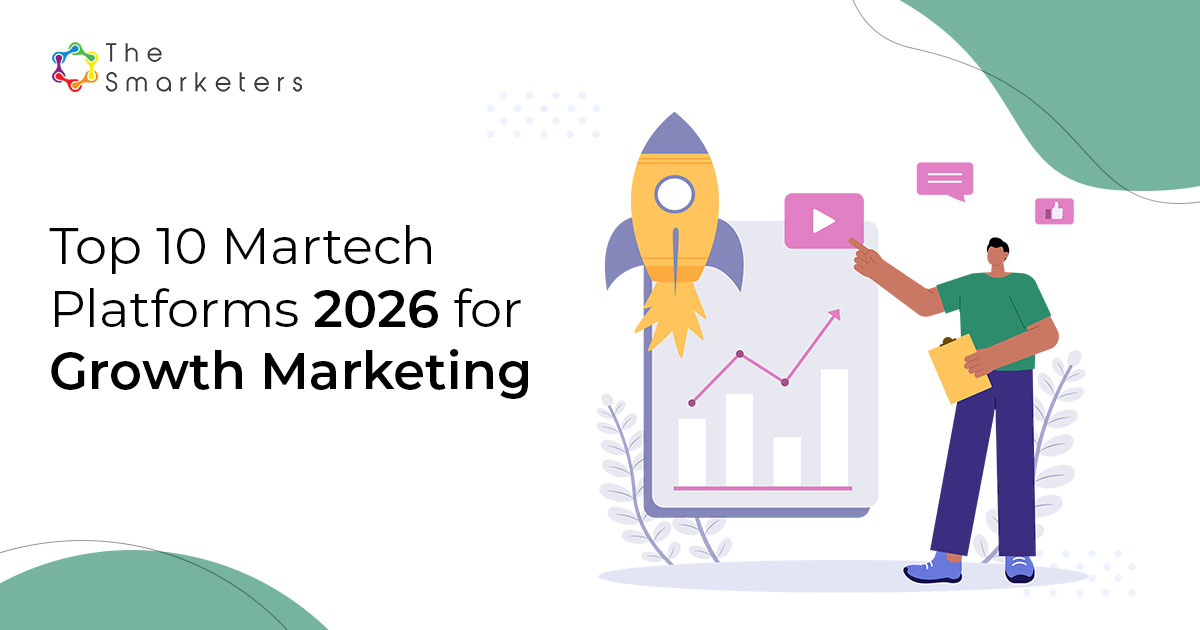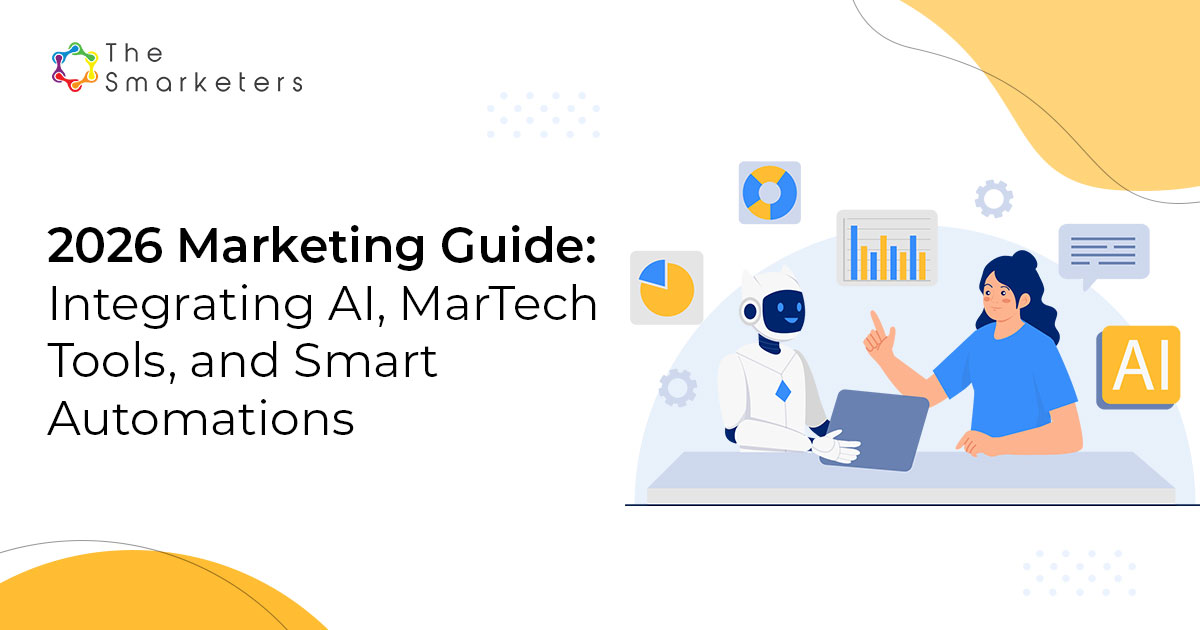Table of Contents
- What is Answer Engine Optimization
- AEO Vs Traditional SEO
- Why is Answer Engine Optimization Crucial
- Why AI Discovery Requires FAQ and Conversational Content?
- AEO Strategies for Creating AI-Friendly FAQ Content
- AEO Strategies for Voice Search Optimization
- How to Optimize Conversational Content Beyond FAQs
- How to Implement Technical AEO
- How Entity and Predictive Question Optimization Works
- How to Measure AEO Performance and ROI
- What is the Future of AEO and Conversational Content
- What Emerging Trends Are Shaping the Future of AI-Powered Search
- Conclusion
- Boost Your AI Visibility: How to Get Discovered on ChatGPT, Claude, and Perplexity
- Mastering Key SEO Strategies for 2026: AI, LLM, AEO, and GEO Explained
- The New Digital Mandate: How to Rank in Google’s AI Overviews with AEO, GEO, and LLM Optimization
- Content Revamp: How Updating Old Content Boosts Performance with LLMs
The search landscape is changing fast with the advent of AI platforms such as ChatGPT, Perplexity AI, and Bing Copilot. People are looking for direct answers instead of typing a few keywords and clicking through the listed links in search engines. In fact, they are asking conversational search queries like, “What are the best SEO strategies for eCommerce in 2025?” or “Which smartphone offers the best battery life under ₹30,000?”. Optimizing content solely for traditional search engines will compromise your visibility on AI-powered search engines.
It is predicted that 25% of organic traffic will shift to AI-powered chatbots by 2026. Hence, this shift has given rise to Answer Engine Optimization (AEO). In this blog, we will walk through what AEO is, why it is crucial for brands and the strategies to create FAQ and conversational content for AI.
What is Answer Engine Optimization
Answer engine optimization (AEO) is the practice of optimizing content for AI search engines to provide direct answers to user queries instead of returning a list of clickable links. It focuses on making your content appear as the concise answer to the user questions quickly and clearly on the AI-powered search engines such as ChatGPT, Perplexity AI, and Microsoft Copilot.
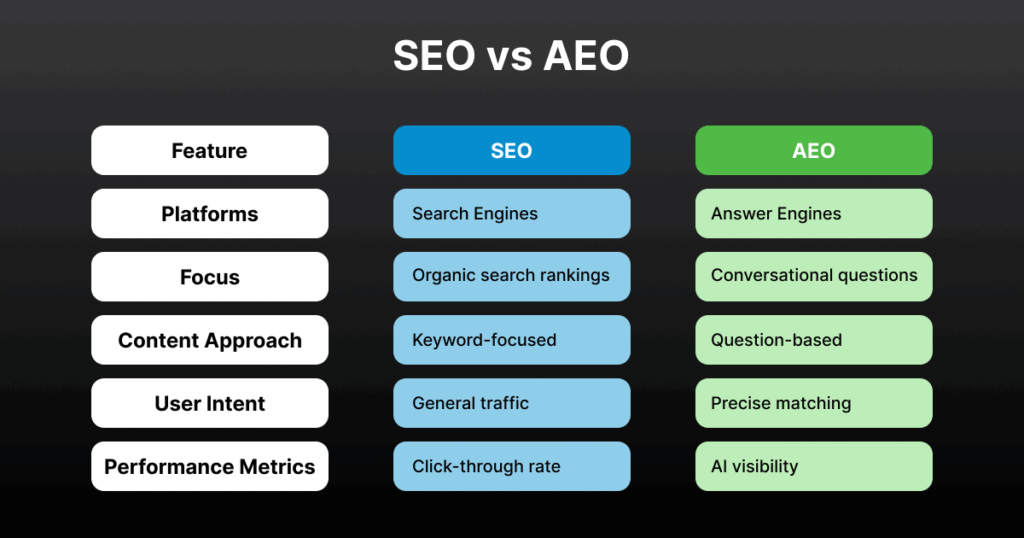
AEO Vs Traditional SEO
Traditional SEO focuses on improving website ranking and visibility on search engine result pages, while AEO focuses on optimizing content for AI systems. It works according to the search intent by positioning your brand’s content as the direct answer to user queries, ensuring higher visibility on AI-powered platforms. The key differences include:
| Feature | Search Engine Optimization (SEO) | Answer Engine Optimization (AEO) |
| Platforms | Search engines such as Google, Bing & DuckDuckGo | Answer engines such as ChatGPT, Perplexity AI and Microsoft Copilot |
| Focus | Organic search engine rankings, backlinks, clicks | Conversational questions |
| Content Approach | Keyword-focused, link-building, ranking-driven | Question-based content strategy, FAQ optimization for AI, and conversational content optimization |
| User Intent | General traffic and broad search visibility | Precise intent matching with long-tail conversational keywords and user question mapping |
| Performance Metrics | Click-through rate, impressions, rankings | AI visibility monitoring, featured snippet appearances, and conversational content ROI |
Why is Answer Engine Optimization Crucial
Artificial intelligence has dramatically changed the way users search for information on the internet. People are no longer using short keywords; instead, they are relying on quick and precise answers through long-tail conversational questions. Hence, AEO is no longer optional for brands and marketers, but it is very crucial for visibility. Here’s why :
Rise of AI and conversational search: The emergence of AI tools like ChatGPT, Gemini, Perplexity, and Bing Copilot has entirely transformed the search patterns. As these tools are providing direct answers bypassing the traditional SERP, the users are gradually shifting to conversational search.
Changing user behaviour: The users are no longer interested in clicking the links to search for the desired answers on traditional search engines. They want quick and accurate information. The recent search trends on Google reflect that 15% searches are completely new and long conversational questions.
Growing voice search usage: Voice assistants such as Alexa, Siri, and Google Assistant provide spoken answers to user queries. This convenience is encouraging more people to use voice search. It is easier and faster than the tiresome typing and endless clicking required in traditional search.
Better brand visibility: Implementing FAQ optimization for AI, conversational content optimization, and schema markup for FAQ pages ensures your content is discovered, interpreted, and recommended by AI-powered search platforms. This helps your business gain AI visibility, better user engagement, and improved conversational content ROI.
Why AI Discovery Requires FAQ and Conversational Content?
AI answer engines are designed to implement natural language and provide immediate, precise answers. This has shifted the importance of FAQs and conversational content optimization in digital strategies. When structured properly, FAQs and content help AI engines to pull answers from your brand’s content that will appear in featured snippets for questions and support rich snippets optimization.
Key reasons why FAQ and conversational content are critical include:
- Matching Conversational Search Queries: AI systems prioritize content that matches people’s natural queries. Implementing long-tail conversational keywords and user question mapping ensures your content aligns with user intent.
- Direct Answers for Featured Snippets: Properly structured FAQ with a clear Q&A format increases the chances of appearing in featured snippets for questions. Interactive FAQ sections further improve engagement and answer quality optimization.
- Enhanced AI understanding through Schema: Using FAQ schema markup for AEO communicates to AI which text is a question and which is an answer. Improving rich snippets optimization and boosting visibility.
- Improved Content ROI: Content designed for AI not only reaches more users but also drives conversational content ROI by driving users directly to conversions, especially in eCommerce FAQ optimization.
AEO Strategies for Creating AI-Friendly FAQ Content
FAQs no longer just support content; instead, they are now central to Answer Engine Optimization. Businesses that align their FAQ strategy with how large language models (LLMs) and answer engines process information gain visibility in A-driven results.
Target Search Intent
Answer engine optimization focuses on search intent, and it’s the foundation for implementing a successful strategy. Understanding why users search in the first place provides you with the basic strategy for AEO.
You can target these four main types of search intent :
- Informational
- Navigational
- Commercial
- Transactional
Optimize Featured Snippets
Featured snippets that surface at the top of search results are the primary real estate of AEO. These snippets get more engagement and clicks that significantly boost organic click-through-rate.
Key Tips to Optimize Featured Snippets Include :
- Provide clear and concise answers in about 50 words.
- Include the question as an H2 or H3 above the answer.
- Structure content with proper formatting
- Focus on long-tail, conversational question-based keywords.
As per a recent study, about 30% found these snippets informative, and 15%. Hence, it is important to optimize featured snippets for AEO.
Structure FAQs for AI
Traditional FAQs supporting business with short questions and vague answers won’t work as AI engines like ChatGPT and Perplexity interpret content differently. They pull answers based on clarity, context, and structured patterns.
To meet these needs :
- Frame questions in a natural and conversational style. Instead of “Delivery Time?”, prefer to frame questions in a conversational tone “How long does delivery take for international orders?”.
- Use entity-based question optimization to ensure that the question includes clear entities – people, places, products, or categories. This helps AI semantically connect queries with answers.
- Implement predictive question optimization to keep the customers engaged and informed by anticipating what they ask next. For example, an eCommerce FAQ on “Does this product come with a warranty?” Should link to “How do I claim a warranty?”.
- Especially, shoppers expect specific answers on delivery timelines, refund policies, and secure payments. eCommerce FAQ optimization by structuring FAQs in conversational and entity-driven FAQs increases chances to surface in AI responses.
Use FAQ Schema Markup for AEO
Schema markup is a code that helps search engines and answer engines understand and categorise your content in a better way. By following the FAQ schema markup implementation guide, it becomes easier for AI systems to extract information.
Apart from search engines like Google, schema markup improves visibility on AI-driven search platforms and supports ChatGPT optimization, Perplexity optimization and other AI platform optimizations.
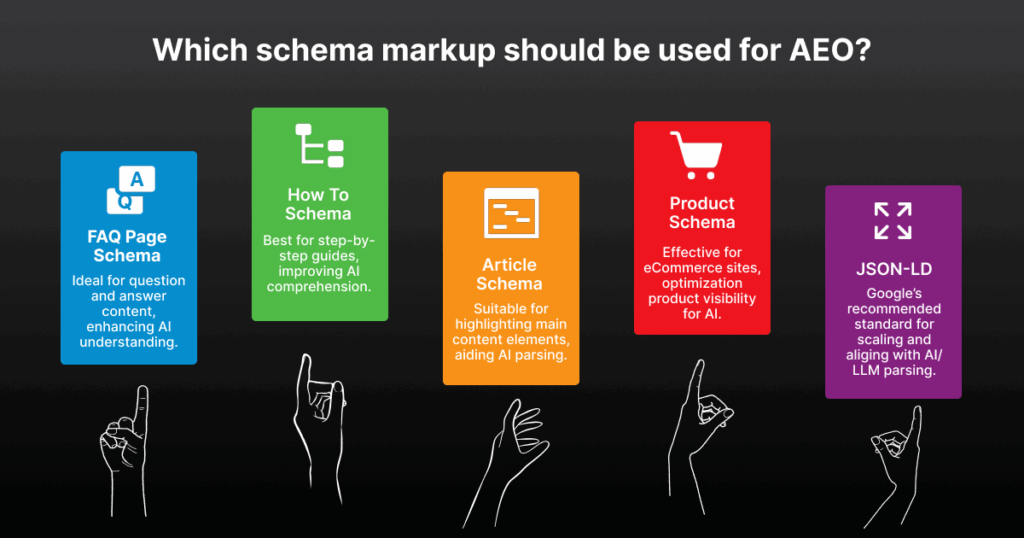
The following are the most effective schemas for AEO :
- FAQPage schema for questions and answers.
- How To schema for how-to step-by-step guides
- Article schema for mentioning main content elements
- Product schema works well with eCommerce sites.
- JSON-LD – Google’s recommended standard to scale and align with AI/LLM parsing.
AEO Strategies for Voice Search Optimization
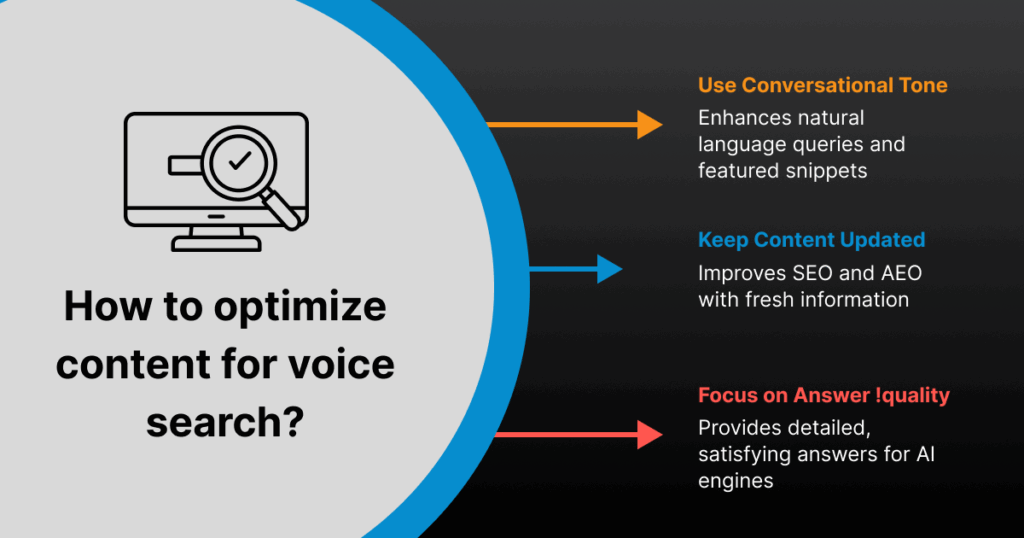
Use Conversational Tone
Voice assistants are driving a surge in more conversational natural-language queries. Instead of typing, users ask, “How can I optimize my website content for AI-powered search engines?”.
- Use long-tail, natural question-based headings in your content.
- Provide short and precise answers in spoken-like sentences.
- Use structured steps wherever necessary as featured snippets for questions are more likely to be pulled into voice responses.
Keep Updating the Content
Fresh content works for both SEO and AEO. Search engines prefer updated information, especially for dynamic topics that change frequently. Updating old content is often more convenient than creating new content. This helps in getting quick results with better crawl frequency, visibility, and enhances the chances of being featured in AI search results.
It is observed that an answer engine optimized page sees nearly a 14% higher click-through rate (CTR).
- Keep updating content with fresh data and information.
- Expand the FAQs sections with additional questions precisely targeting users’ search intent.
- Enhance structured data implementation.
Focus on Answer Quality Optimization
As AI prefers trust-worthy and context-rich content ,businesses must focus on answer quality optimization as well. Instead of giving one-line responses. Provide concise but more insightful information. For example, instead of “Yes, refunds are available”, provide an in-depth answer like “Yes, you can request a refund within 30 days of purchase. Refunds are processed within 5 working days, and the amount will be credited to the original payment method”.
Such detailed answers help AI engines deliver complete, satisfying answers to the users or customers.
How to Optimize Conversational Content Beyond FAQs
While FAQs are crucial for AEO, conversational content is equally important for AI-powered search engines to pull your brand content. Platforms like ChatGPT and Perplexity AI often extract answers from blogs, knowledge hubs, and community discussions on social handles. Brands must understand that consistency in tone, accuracy, and depth in content is very important for ChatGPT optimization and Perplexity AI optimization.
Tips to Optimize Conversational Content
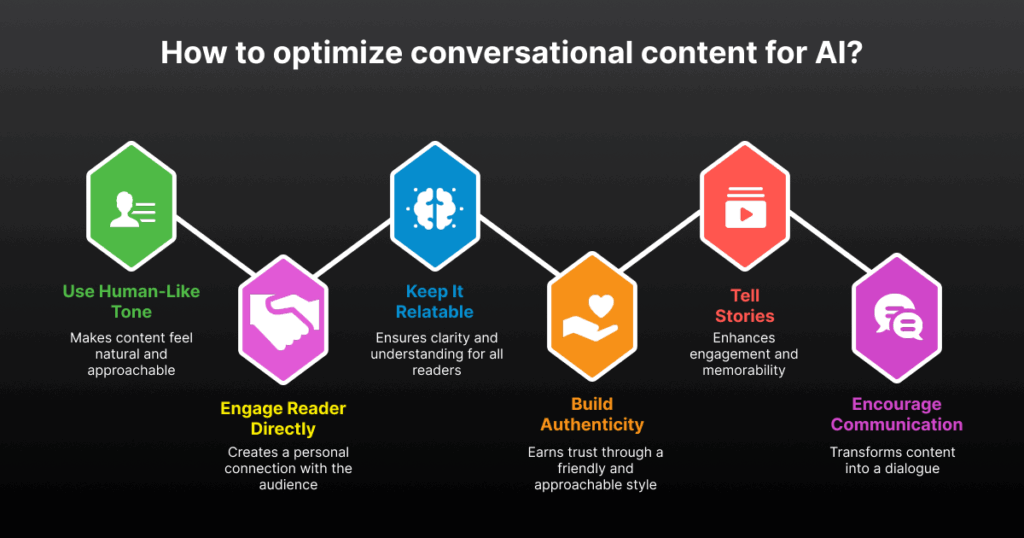
- Use a Human-Like Tone: Write as if you’re talking to a friend. Use contractions like don’t and can’t, along with casual phrases that make your content feel natural.
- Engage the Reader Directly: Speak to your audience using you to create a personal, one-on-one connection.
- Keep It Relatable: Choose simple, easy-to-understand words so your message is clear and digestible for everyone.
- Build Authenticity: Adopt a friendly, approachable style. Avoid being overly formal to earn the trust of your readers.
- Tell Stories, Not Just Facts: Make your content more engaging by weaving in stories, examples, or scenarios that stick in the reader’s mind.
- Encourage Two-Way Communication: Ask questions and invite responses to transform your content into a dialogue rather than a lecture.
How to Implement Technical AEO
Technical precision plays a pivotal role in answer engine optimization. Businesses should focus on the following checklist:
- Optimize page speed for faster crawling and ranking.
- Implement mobile-first design as AI search is predominantly mobile.
- Validate structured data through Google’s Rich Results Test.
- Embed FAQ schema markup for AEO to clearly define question and answer pairs.
These steps strengthen AI FAQ optimization and help AI platforms to easily locate and pull your content.
How Entity and Predictive Question Optimization Works
Technical AEO involves semantic structuring as well. Entity-based question optimization clarifies context by explicitly naming brands, people, and products.
For example: “Does Apple iPhone 17 support wireless charging?” instead of “Does it support wireless charging?”.
Predictive question optimization takes a step further and proactively anticipates user intent by linking related FAQs and embedding contextual hints. AI thrives on semantic relevance, and businesses that implement this in their content strategy would benefit from appearing in conversational AI results.
How to Measure AEO Performance and ROI
Monitoring AI Visibility.
After doing all the hard work, optimizing is only half the work done, and it is critical to track the results as well for understanding the performance of your content on AI search engines. Hence, analyze the following for AI visibility monitoring:
- How often does your content appear in AI-driven snippets.
- Whether your FAQs are cited in ChatGPT, Perplexity AI, or Bing Chat responses.
- Engagement levels, such as click-throughs and follow-up interactions.
Capturing featured snippets is a strong indication that FAQ optimization is working.
Evaluating Content ROI
Businesses can measure conversational content ROI using the following tangible metrics:
- FAQ page clicks and dwell time.
- Reduced bounce rates.
- Number of citations or mentions in AI-generated answers.
Measuring AEO performance and ROI helps marketers to refine FAQ structures, optimize content depth, and expand into new conversational formats. This ensures AEO strategies remain cost-effective and impactful.
What is the Future of AEO and Conversational Content
The rise of LLM is changing digital content strategies. The AI platforms such as ChatGPT and Perplexity AI rely on entity-driven and structured information to generate answers.
Answer engines crawl FAQs, blogs, knowledge hubs, and structured data sources to get the information. Businesses should implement AEO strategies before competitors do to dominate AI-driven visibility.
What Emerging Trends Are Shaping the Future of AI-Powered Search
As AI continues to redefine how users search and interact with content, several key trends are emerging that will shape the future of digital discovery.
- Voice queries are gradually dominating the text, so the expansion of AEO strategies for voice search optimization is gaining prominence.
- Users are dynamically engaging with the content instead of passively reading, and it is leading to the growth of interactive FAQ optimization.
- The best practices for conversational content creation are on the rise for more clarity, brevity, and predictive structuring.
Brands that adapt early will gain an edge while moving ahead in the rapidly evolving AI-driven search landscape.
Conclusion
Creating FAQ and conversational content for AI is essential in the age of AI-powered search. By implementing Answer Engine Optimization (AEO), optimizing FAQ pages, structuring conversational content, and applying schema markup, brands can improve AI visibility, enhance conversational search optimization, and drive measurable conversational content ROI. Leveraging strategies like Question-based content strategy, Featured snippets for questions, Interactive FAQ optimization, and Answer quality optimization ensures content is discovered and understood by platforms such as ChatGPT and Perplexity AI.
As AI search and voice queries continue to grow, the future belongs to content that speaks clearly and directly to both humans and AI. Adopting AEO early helps brands stay relevant, authoritative, and ahead of competitors. The Smarketers can help brands navigate in this new era of search. Reach out to us to make your content AI-friendly, discoverable and always be a part of the conversations on AI-powered search engines.
Have questions? Mail us at [Email: info@thesmarketers.com] or call us on [Mobile: +91 7396 010 630] to discuss your marketing and content needs.

